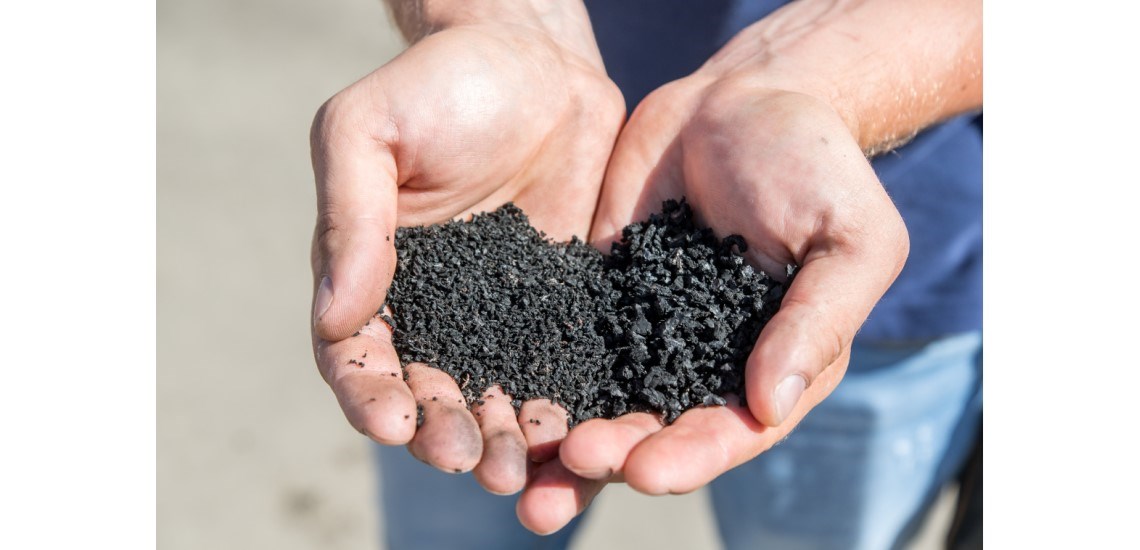A story from North Carolina’s News 13, highlights the challenge facing the SBR crumb rubber market.
Objections to Crumb Rubber in Asheville
Asheville’s John B Lewis Soccer Complex is having its 12 year old football fields replaced. The new artificial surface is an upgrade on the previous surface and uses a woven thatch to retain the rubber infill granulate.
According to the article, not everyone is happy with the decision, and this is the example of the emotional argument in play in a real situation.
Speaking for Asheville Buncombe Youth Soccer, Trie Morrison said, “This provides us a surface that we can use the amount of playing that we have and be good with it,” Trie Morrison, of Asheville Buncombe Youth Soccer, said. “Everything has a pro and a con to it, you know in that we do, and so I think the research shows that we’ve made the best choice.”
However, parents are divided. One parent, Francine Cavanaugh says, “We have not proven that the crumb rubber is safe,” she said. Despite the fact that the EPA and others continue research on the artificial turf, the agencies have not recommended against use of crumb rubber. There has been no negative condemnation but ample positive commentary from many scientific papers both in the USA and in Europe. However, Cavanaugh’s son no longer plays football. “I had to make that choice as a parent, and I really don’t think it’s fair for parents to have to make that choice,” Cavanaugh said.
However, another parent, Alicia Rodriguez sees it differently. She thinks the crumb rubber turf offers better protection from injuries, and, that even with real grass, nothing’s perfect.
“I really like it. I mean, I like it that we have more cushion for our children,” Rodriguez said.
“Natural fields, in order to stay green, they have to put stuff in it, so you have some kind of chemicals in order to stay that green, so, you get a trade off.”
This highlights the challenge facing the market, where one set of parents refuse to accept the prevailing wisdom and guidance, there will always be a challenge to any use of recycled materials. Of course, every parent has the right to make their own decision, as far as they have any control, over what their child is exposed to, but one cannot help but wonder how, on the one hand we want to promote a circular economy, and on the other hand we have a sector of the market wishing to deny the use of recycled materials.




















